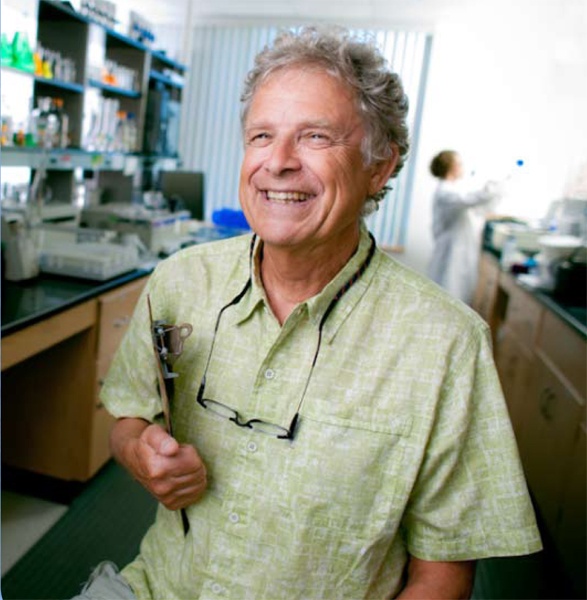UNC Gillings researcher participates in $6.5 million grant to study links between human health and Great Lakes algal blooms
June 6, 2024

Dr. Hans Paerl
University of North Carolina at Chapel Hill researcher Hans W. Paerl, PhD, will join researchers at the University of Michigan for a $6.5 million, five-year federal grant to host a center for studying links between climate change, harmful algal blooms and human health.
The center’s four research projects are complementary and are unified by the goal of determining how nutrient over-enrichment and climate change affect cyanobacterial harmful algal blooms, or cHABs, and how cHABs impact human health. Taken together, the projects will enable an assessment of the human health risks of cHAB toxins under current and future climate scenarios.
“On a global scale, nutrient-enhanced toxic cyanobacterial blooms now represent the greatest threat to sustainability, drinking water, and recreational and fishing use of our freshwater resources,” said Paerl, who is a professor in the Department of Environmental Sciences and Engineering at UNC’s Gillings School of Global Public Health, a professor in UNC’s Department of Earth, Marine and Environmental Sciences, and W.R. Kenan Distinguished Professor with UNC’s Institute of Marine Sciences.
Paerl and researchers in his lab at the Institute of Marine Sciences will identify which nutrients — combined with climatic changes — are responsible for the development and proliferation of toxic cyanobacterial blooms; they also will determine which watershed nutrient input reductions are needed to help mitigate the blooms.
Increased precipitation, more powerful storms and warming Great Lakes waters all encourage the spread of harmful algal blooms composed of cyanobacteria. Also known as blue-green algae, cyanobacteria can produce toxins harmful to humans, pets and wildlife. Though the pea-green summer blooms in western Lake Erie are the best-known in the region for cHABs, they now occur in all five Great Lakes as well as small-to-large lake ecosystems globally.
The center’s studies will combine observation, experiment and modeling at the nexus of lake science, climatology, microbiology and biomedical science. The combined research also will feature the efforts of researchers at the University of Michigan; Bowling Green State University; Ohio State University; the University of Toledo; Wayne State University; Michigan State University; the University of Tennessee; James Madison University; the State University of New York; and a Canadian allied partner, the University of Windsor. More than 28 faculty researchers and dozens of students at the universities are expected to be involved.
Center-funded researchers will develop new technologies for advanced monitoring and forecasting of cyanobacterial harmful algal blooms in collaboration with colleagues at the National Oceanic and Atmospheric Administration’s Great Lakes Environmental Research laboratory and the University of Michigan-based Cooperative Institute for Great Lakes Research.
More information about Paerl’s research efforts can be found on his laboratory website.
Contact the UNC Gillings School of Global Public Health communications team at sphcomm@unc.edu.
